If you intend on hiking in Winter or Snow camping, the wilderness can be wild and unforgiving, so proper preparation is a must. Spotting the signs of hypothermia while hiking, preventing the onset and the treatment can save your life.
Weather conditions can change quickly and frequently, especially in alpine areas. Snow, rain, wind and sun are all possible at any time of the year.
Hypothermia is a serious life-threatening condition which can effect people in both summer and winter.

Photo by Marcio Paes Barreto.
What is Hypothermia?
It's when you body losses heat more quickly than it can produce heat. This results in a dangerously low body temperature. Normal body temperature is around 37 C (98.6 F). Hypothermia occurs as your body temperature falls below 35 C (95 F). This usually happens in extreme weather without the right equipment to keep you safe.
When your body temperature drops and hypothermia sets in, your body begins to shut down. Your heart, nervous system and other organs can't work normally at lower temperatures. This can lead to complete organ failure and eventually to death.
Signs and Symptoms of Mild Hypothermia
- Trouble speaking
- Shivering
- Loss of feeling in fingers
- Changes in personality, especially quiet
- Trouble with balance and coordination
- Body temperature that is lower than normal, but usually above 33 degrees C
Signs and Symptoms of Medium Hypothermia
- Body temperature below 32 degrees C
- No longer shivering, severe lack of coordination
- Incoherence
- Paradoxical undressing

Signs and Symptoms of Severe Hypothermia
- Body temperature below 28 degrees C
- Collapse
- Shallow breathing
- Weak pulse
- Muscles rigid
- Skin pale
- In and out of consciousness

Someone with hypothermia usually isn't aware of his or her condition because the symptoms often begin gradually. Situational factor usually contribute to hypothermia in hikers.
Contributing Factors
- Being unable to get out of wet clothes or move to a warm, dry location
- Wearing clothes that aren't warm enough for weather conditions
- Staying out in the cold too long
- Wind chill
- Exhaustion
Preventative Steps
- Hydration and nutrition. Stay hydrated and snack often.
- Proper clothing. Wear synthetic materials or wool, which, unlike cotton, can keep you warm even when wet.
- Proper layering. Know how and when to make adjustments.
- Short breaks. Keep rest times short so your body doesn't get a chance to cool down. Pick rest stops that are sheltered, encourage eating and hydration at each stop.
- Weather forecast. Check it before your trip
Treatment
- Call for help (000) Seek immediate medical attention
- Be gentle. When you're helping a person with hypothermia, handle him or her gently. Limit movements to only those that are necessary. Don't massage or rub the person. Excessive, vigorous or jarring movements may trigger cardiac arrest.
- Move the person out of the cold. Move the person to a warm, dry location if possible. If you're unable to move the person out of the cold, shield him or her from the cold and wind as much as possible. Keep him or her in a horizontal position if possible.
- Remove wet clothing. If the person is wearing wet clothing, remove it. Cut away clothing if necessary to avoid excessive movement.
- Cover the person with coats. Use layers of coats to warm the person. Cover the person's head, leaving only the face exposed.
- Insulate the person's body from the cold ground. Lay the person on his or her back on a blanket or other warm surface.
- Monitor breathing. A person with severe hypothermia may appear unconscious, with no apparent signs of a pulse or breathing. If the person's breathing has stopped or appears dangerously low or shallow, begin CPR immediately if you're trained.
- Provide warm beverages. If the affected person is alert and able to swallow, provide a warm, sweet, nonalcoholic, noncaffeinated beverage to help warm the body.
-
Use warm, dry compresses. Use warm water in a water bladder. Apply only to the neck, chest wall or groin.
Don't apply a warm compress to the arms or legs. Heat applied to the arms and legs forces cold blood back toward the heart, lungs and brain, causing the core body temperature to drop. This can be fatal.
- Don't apply direct heat. Don't use hot water, a heating pad or a heating lamp to warm the person. The extreme heat can damage the skin or, even worse, cause irregular heartbeats so severe that they can cause the heart to stop.



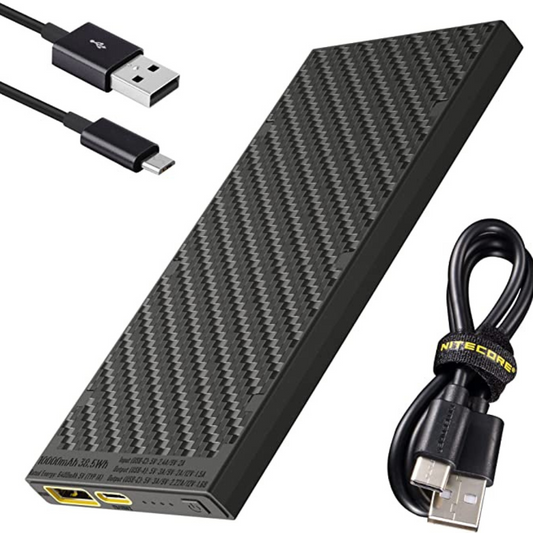

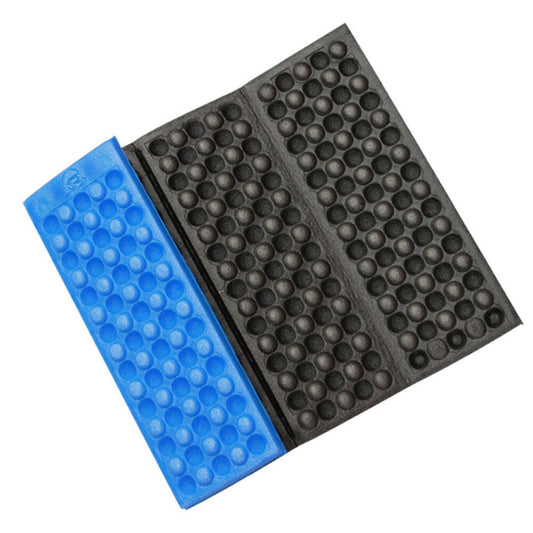
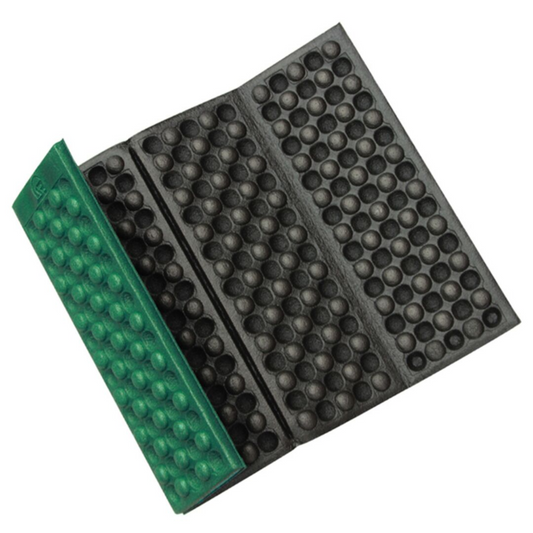
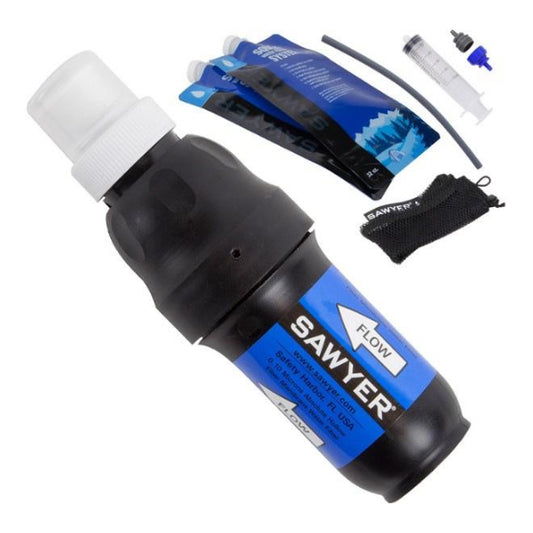


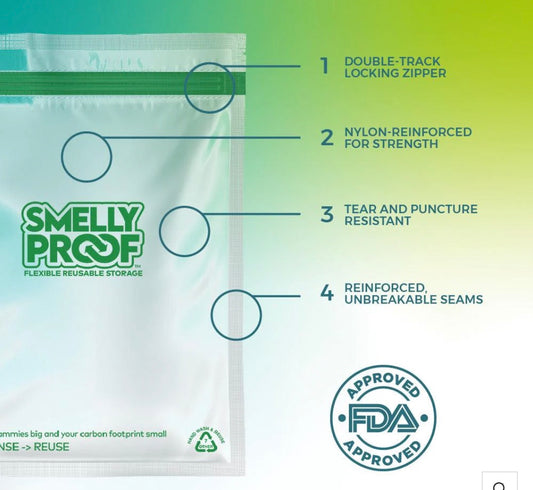
2 comments
Good info. Thanks for this.
Loved Lauras article on Solo hiking. I have been solo day hiking for years however havent solo multiday backpacked yet !